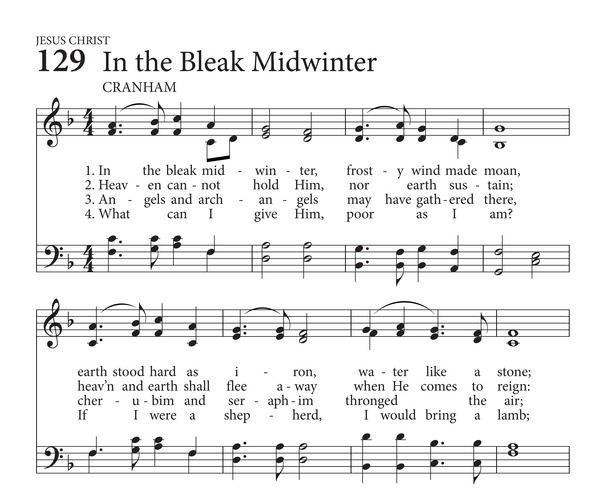Hildegard of Bingen: O Ignis Spiritus Paracliti
- Fr. Scott Haynes

- Apr 24, 2024
- 1 min read
Hildegard of Bingen (German: Hildegard von Bingen; Latin: Hildegardis Bingensis; c. 1098 – 17 September 1179), also known as Saint Hildegard and the Sibyl of the Rhine, was a German Benedictine abbess and polymath active as a writer, composer, philosopher, mystic, visionary, and as a medical writer and practitioner during the High Middle Ages.




Comments